Episode #334: How You Can Model Math Lessons Effectively for Lasting Impact
LISTEN NOW HERE…
WATCH NOW…
As a math coach, coordinator, consultant how do you make your math lesson modeling sessions impactful and truly beneficial for teachers?
As a math coach or coordinator, effectively modeling lessons can be a game-changer in helping teachers build pedagogical skills and mathematical content knowledge. But without proper planning and clarity, these sessions can miss the mark, leaving both teachers and students unengaged. This episode tackles the common pitfalls of lesson modeling and provides actionable strategies to ensure your coaching creates meaningful teacher growth and student success.
What you’ll learn:
- Discover how to prepare for modeling lessons that set teachers and students up for success.
- Learn the importance of clarity around goals, roles, and math look-fors to maximize teacher participation.
- Explore tips for building trust, observing math classrooms, and creating reciprocal coaching relationships for long-term impact in the area of mathematics.
Tune in now to transform the way you model math lessons and elevate teacher capacity—your math classroom impact starts today!
Attention District Math Leaders:
Not sure what matters most when designing math improvement plans? Take this assessment and get a free customized report: https://makemathmoments.com/grow/
Ready to design your math improvement plan with guidance, support and using structure? Learn how to follow our 4 stage process. https://growyourmathprogram.com
Looking to supplement your curriculum with problem based lessons and units? Make Math Moments Problem Based Lessons & Units
Be Our Next Podcast Guest!
Join as an Interview Guest or on a Mentoring Moment Call
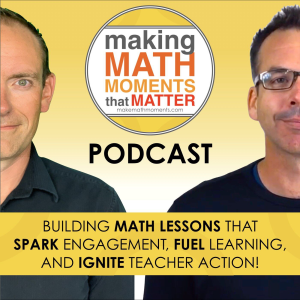
Apply to be a Featured Interview Guest
Book a Mentoring Moment Coaching Call
Are You an Official Math Moment Maker?
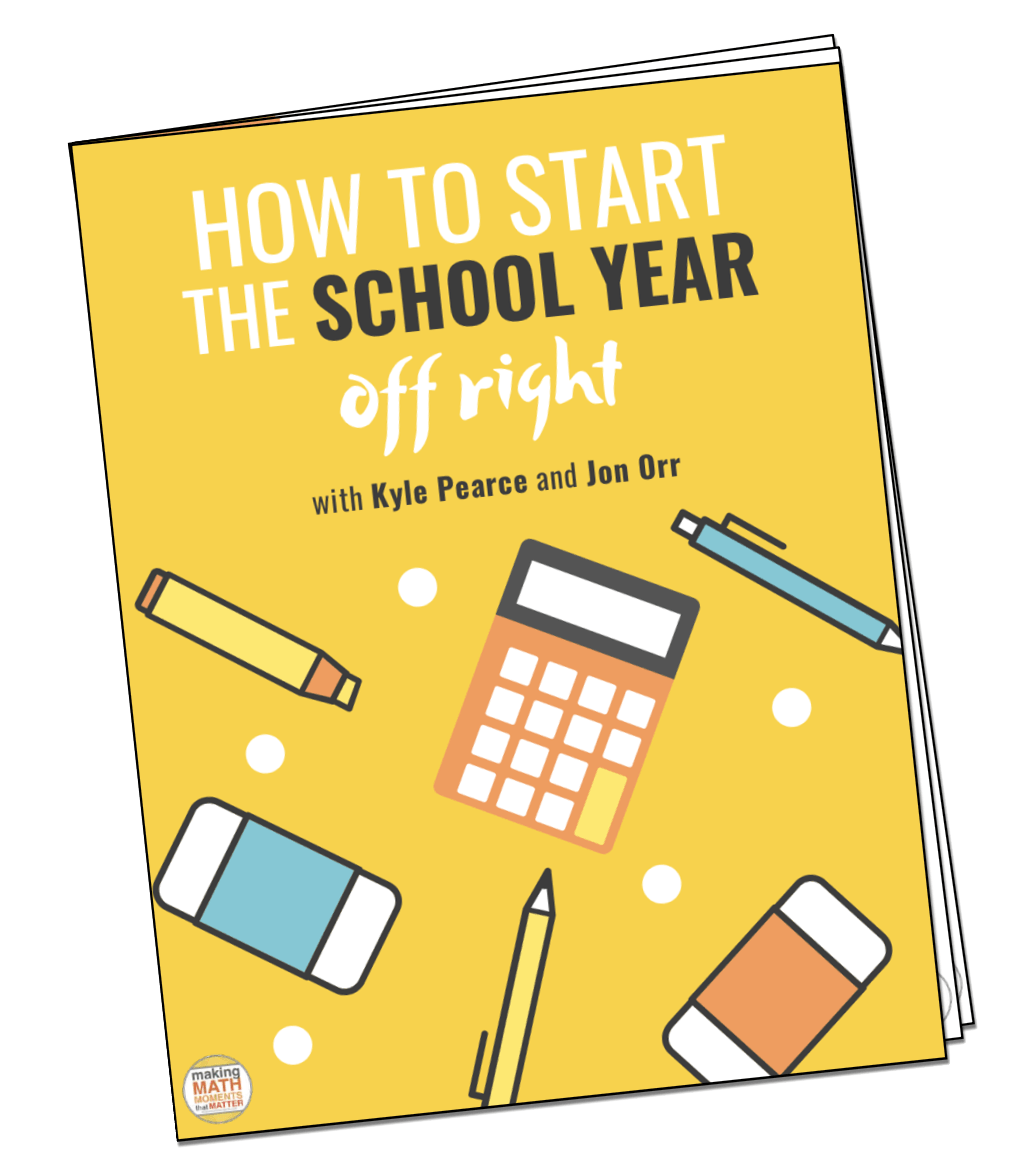
FULL TRANSCRIPT
Jon Orr: All right, we’re going to talk about how, as a coach or a math coordinator, you’re, you’re coaching teachers in mathematics, how do you effectively model lessons for those teachers so that they engage in new professional development learning pedagogically or also say math content wise? Like what is the effective modeling technique? Yvette, let’s dive in because we believe, you know, think about the four stages.
of our professional development plan that we engage with our leaders across North America, our partners, is part of it is making sure that we build up capacity for teachers. And part of that is making sure that they have the background knowledge mathematically, but also the pedagogical moves to engage in, say, the effective practices that we want in our students, the behaviors, the outcomes that we want with our students, the environment that we want to create in our classrooms.
Modeling is really effective use of our time as coaches so teachers can see what it looks like experience those lessons And then also get the follow-up and the feedback that they need So when they go to try it so this modeling technique is is a super important and useful Impactful strategy that we should be engaging our teachers with as much as possible so that they learn but There’s some there’s some wrong ways to do this. I they give us some give us some ideas
Yvette Lehman: Yeah, I think you’re right, John. We absolutely support the use of modeling as a way to build teacher capacity. But have you ever been in a situation where it goes terribly wrong? Like I know that I have. was, you know, telling you earlier that I was asked to go in and model a lesson in an intermediate class. And it was a class that I had never met before, a teacher that I didn’t have a relationship with. And
I arrived at the school, I wasn’t super familiar with the school. I had my lesson prepared and quickly realized that the school was an open concept school. The classroom was just physically not set up in a way that was conducive to my style of teaching. I didn’t have access to whiteboards. The students really didn’t know me and there wasn’t trust built there. So it wasn’t an environment where they felt safe to take risks. And I was just sweating.
I was in front of this room of 13 and 14 year old students and it didn’t in any way help that teacher believe that the practices I was trying to implement were good. Yeah, right. Yeah. You know, so I do think that when it comes to modeling effective teaching practice in a math classroom,
Jon Orr: Right? It’s actually to the opposite is like, I’ve done better than that.
Yvette Lehman: There are some, you know, maybe things to consider before just doing what I did, which is showing up completely unprepared without any relationships established, unfamiliar with the classroom, the building, and expecting that I was going to deliver this dazzling, effective lesson.
Jon Orr: I think, yeah, you’re right. You kind of nailed it with what you would do instead, right? You would say, first off, agreeing to kind of walk in not knowing anyone, not being in the classroom beforehand, and just jumping right in and taking over, in a way, you’re kind of asking for failure, right? Because you don’t know what the dynamics are. don’t know what the kids are. And when I say that out loud, it’s like, this is what teachers do every first day of school.
they don’t know what the classroom looks like, but they get to control all of that and decide what that looks like. you know, if you haven’t set up your classroom to allow that environment to be conducive to the learning that you’re going to all of sudden engage in, it can go awry like you just experienced. So you’ve got some next steps there for sure. But it’s like similar, like, you know, another scenario that is very much related is that you, let’s say that you want to model a lesson.
and then you come in and model a lesson, but then the teacher’s like, great, go for it. I’m just gonna sit back here and like mark and not like actually watch because it’s like, you’re gonna teach today, you know? And I’m gonna like just take a break. Like that sometimes happens as well when you think you’re modeling and the teacher doesn’t think you’re modeling, which is like a clarity issue of like the purpose of like what’s happening here when I go to model. I’m not just teaching your kids today.
there’s a purpose here. So it’s like there’s some clarity issues between both of those scenarios that need to happen and also some relational and trust building that needs to happen right there between both of those scenarios.
Yvette Lehman: Okay, so let’s talk about what we would do differently. So if I could go back in time, I would have asked to come in and observe first before agreeing to take over and lead the lesson on my own.
Jon Orr: Okay, you go. Totally, totally. You got to do that, right? and the same is true in the other scenario. It’s like, you would be like, I’m not just going to come in and teach your lesson. Let’s make sure I come in and do some observations to see what we’re walking into. We’d want to see where, you know, how are the students responding currently to your teaching methods and what environment you’ve created here. Like, we all have to kind of assess where we are before we take a step. And this is good coaching practice is you want to assess where
a teacher is on the learning journey that you’re hoping to help them go down. Which means you have to be clear on where you want this route to go. Which means it’s like what we do with our students. We want to put students into mathematical experiences for us to learn as much as we can about where their learning is, but we also have a very clear target of where we need to get them to.
that’s the same as true here in teaching is that we have to be clear on where we want to like, what our goals are for mathematical experiences in these classrooms. And we have to go, where is this teacher on that target? And maybe they’re here, maybe they’re here, maybe they’re here, but I’m gonna help. I have to figure out how to like model this to give them what they need. And also the students at the same time, which is a hard thing to do, but you can’t do that without assessing first.
Yvette Lehman: I think you identified another next step for me, you know, when I am given this opportunity again, is to have that conversation with the teacher ahead of time to talk about the goals for modeling and what our intended learning is. And even if it’s something so to talk about the challenge you experience where it’s like, you know, you’re there to model and the teachers now marking during that time. I don’t want to call it homework, but it’s almost an accountability piece. Like what is the role of the teacher?
while you are in the classroom. So clearly defining maybe both of your roles. So while I’m, know, if my role is to facilitate the lesson, then your role is to walk around the room and look, you know, ask, assessing and advancing questions, or your role is to look for student work that we can select and sequence. So being really clear that there is active participation and maybe determining that
It’s not just you coming in and modeling, you’re actually going to co-teach or co-facilitate. Might be a more meaningful move than just basically volunteering to take over the classroom.
Jon Orr: Totally, totally. what I like about, say, thinking about that assessment component and thinking about having that pre-meeting to figure out what are the goals, what are the rules, but also what are the look-fors? This goes back to the clarity piece, is that if we’re going to have a successful modeling session, what is it that we’re actually trying to achieve in this lesson? What is the learning goal of this lesson? But also, what are the…
you know, the outcomes that the teacher needs to pull from this lesson? Like what should you, if I’m going to model this, what are you really watching here? Are you watching how the students engage with what I’m doing? Is it a pedagogical move that I’m trying to model for you? Or is it the mathematical content and math strategy, math model that I’m highlighting with the students? Is it all of those things? Like be clear on like what the look for is. One of our districts, we were helping them design, you know, one of their measurement tools throughout the year, which was basically
rubric of look-fors for different pedagogical moves but also math content proficiency for their teachers that they were going to track throughout the year. It was tied to their key results. They say by the end of the year we want to see a movement on what we’re seeing in the classroom from this type of implementation towards this type of implementation and they were going to track this throughout the year. But they had this rubric, this measurement tool that they get to bring to all of these modeling sessions, these interactions, these one-on-one coaching
co-teaching, if you may, sessions where they get to go, here’s what we’re looking at, which one of these three or which one of these five or which one of these one kind of look for, should we really look to see at the level of implementation that we see? So it’s like describing what kids are doing, describing what teachers are doing in these situations. And you’re using it as a learning tool, but also a measurement tool. And then you put it in front of the teacher and then you’re going to model and then they get to go.
Did I see this? Did I not see this? Did I see this type of implementation? And the tool itself and the modeling technique is a great teaching tool to get the teacher to realize or see what does it look like when I’m implementing this well or when I’m not implementing this well. Because then you can run your reverse when it’s all of a sudden roll time is switching in the next lesson or a few lessons down the road, then you get to use that same tool with each other. And then it’s not all of a sudden out of the blue. It’s like.
Jon Orr:
these are the look-fors we’re looking for in this particular lesson. But again, it’s all tied back to clarity around like, where are we trying to get to and making sure that we all understand what roles we’re providing here and what we’re trying to get to. I’m gonna call out like Michael Scott and he’s listening, because I know he does. He listens to like every episode. So Michael Scott and his team and Morgan at his team, where they are working through these coaching cycles and he was doing a great job.
of this type of one-on-one coaching, this one-on-one environment, this working with teachers from start to end for an appropriate amount of time. Like it’s not one day, it’s not two days, it’s not three days. Like he was there for two weeks, two and a half weeks, working through this with a teacher. And what better way to like help a teacher to kind of do modeling and co-teaching at the same time, but back and forth? Like he’s doing some really impactful work in his district to kind of move. move people closer towards these targets. And he’s doing a great job doing that modeling work.
Yvette Lehman: So some of our lesson learned to share with the audience today, I think is number one, don’t go in unprepared. And sometimes, you know, offering to model is a way to get into a teacher’s classroom who might be reluctant. But I would still say, you know, find an opportunity to go and observe, but maybe the teacher isn’t comfortable with you observing while they’re teaching. It could even just be while the students are engaged in practice or centers.
Just a chance to get a feel for the environment, get a feel for the room, to understand, you know, the physical space that you’re not feeling unprepared when you arrive. And also the, you know, you’re building trust and you’re building relationships with both the teacher and the students. I think our second recommendation, probably the most important one is to have clarity around the rules. So why are you there? What is the intended learning outcome? And clearly defining your role as well as the teacher’s role so that it doesn’t become a
extra prep period and now you’re just taking over that classroom. Although I would argue that’s still going to benefit you, you know, you’ll have an opportunity to get into the classroom and facilitate a lesson, but it’s not going to have the intended impact on teacher growth. And then we also talked about that opportunity to talk about what does effective practice look like in action. Can we describe the teacher behaviors and the student behaviors?
And can we use asset-based language to assess where we are? And then I think you made a great point, John, that if I offer that for myself, if I say, I’d love for you to use this look for document, can you give me some feedback after the lesson? Let me know, you know, what did you see students doing? Maybe what did you not see students doing? It almost opens the door for that type of reciprocal relationship with the teacher moving forward.
Jon Orr: So maybe you’ve been listening and you’re also wondering, you’re going to say like, hey, John, hey, Yvette, you know, like, I’ve got a couple of tips myself. Like I’ve done this already and I would love to share them with you. Then we want to hear about them. You know, like, you know, reach out to us. You know, if you’re getting emails from us, hit reply, let us know. They come to us, you know, we read them and respond. So let us know what are some of the moves that you’ve made to make those coaching sessions, those modeling sessions more impactful for the people that you’re serving.
and you’re working with, reach out to us. If you’re not sure exactly how to get started as well, we know that in the work that we’re trying to do is we know that there are six key components to effective math programming. And if you’re not sure exactly which of the six to kind of focus in on, then we encourage you to head on over to makemathmoments.com forward slash report.
And then you can fill out a quick assessment there and it’ll help pinpoint which of the six areas you want to start focusing in on so that when you are in say your modeling sessions or your coaching sessions, you can zero in on important moves, important factors of like what makes impacts in the classrooms. So we want to thank you for joining us here for another episode and we hope to catch you soon.
Thanks For Listening
- Book a Math Mentoring Moment
- Apply to be a Featured Interview Guest
- Leave a note in the comment section below.
- Share this show on Twitter, or Facebook.
- Leave an honest review on iTunes. Your ratings and reviews really help and we read each one.
- Subscribe on iTunes, Google Play, and Spotify.
DOWNLOAD THE 3 ACT MATH TASK TIP SHEET SO THEY RUN WITHOUT A HITCH!
Download the 2-page printable 3 Act Math Tip Sheet to ensure that you have the best start to your journey using 3 Act math Tasks to spark curiosity and fuel sense making in your math classroom!
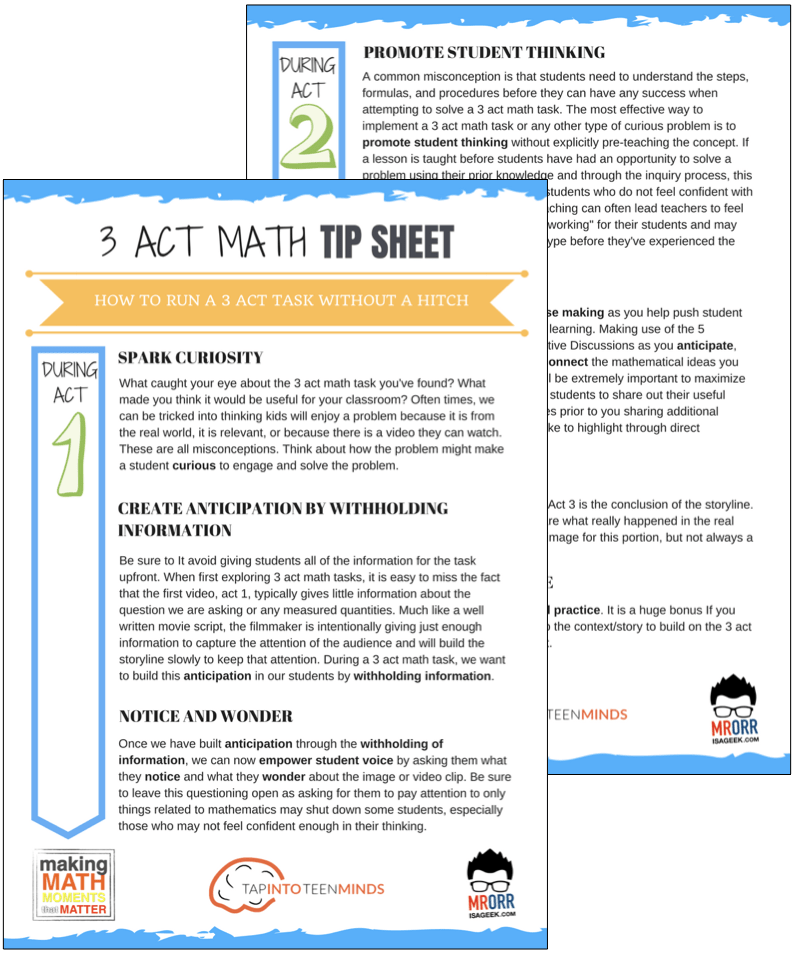
LESSONS TO MAKE MATH MOMENTS
Each lesson consists of:
Each Make Math Moments Problem Based Lesson consists of a Teacher Guide to lead you step-by-step through the planning process to ensure your lesson runs without a hitch!
Each Teacher Guide consists of:
- Intentionality of the lesson;
- A step-by-step walk through of each phase of the lesson;
- Visuals, animations, and videos unpacking big ideas, strategies, and models we intend to emerge during the lesson;
- Sample student approaches to assist in anticipating what your students might do;
- Resources and downloads including Keynote, Powerpoint, Media Files, and Teacher Guide printable PDF; and,
- Much more!
Each Make Math Moments Problem Based Lesson begins with a story, visual, video, or other method to Spark Curiosity through context.
Students will often Notice and Wonder before making an estimate to draw them in and invest in the problem.
After student voice has been heard and acknowledged, we will set students off on a Productive Struggle via a prompt related to the Spark context.
These prompts are given each lesson with the following conditions:
- No calculators are to be used; and,
- Students are to focus on how they can convince their math community that their solution is valid.
Students are left to engage in a productive struggle as the facilitator circulates to observe and engage in conversation as a means of assessing formatively.
The facilitator is instructed through the Teacher Guide on what specific strategies and models could be used to make connections and consolidate the learning from the lesson.
Often times, animations and walk through videos are provided in the Teacher Guide to assist with planning and delivering the consolidation.
A review image, video, or animation is provided as a conclusion to the task from the lesson.
While this might feel like a natural ending to the context students have been exploring, it is just the beginning as we look to leverage this context via extensions and additional lessons to dig deeper.
At the end of each lesson, consolidation prompts and/or extensions are crafted for students to purposefully practice and demonstrate their current understanding.
Facilitators are encouraged to collect these consolidation prompts as a means to engage in the assessment process and inform next moves for instruction.
In multi-day units of study, Math Talks are crafted to help build on the thinking from the previous day and build towards the next step in the developmental progression of the concept(s) we are exploring.
Each Math Talk is constructed as a string of related problems that build with intentionality to emerge specific big ideas, strategies, and mathematical models.
Make Math Moments Problem Based Lessons and Day 1 Teacher Guides are openly available for you to leverage and use with your students without becoming a Make Math Moments Academy Member.
Use our OPEN ACCESS multi-day problem based units!
Make Math Moments Problem Based Lessons and Day 1 Teacher Guides are openly available for you to leverage and use with your students without becoming a Make Math Moments Academy Member.
Partitive Division Resulting in a Fraction
Equivalence and Algebraic Substitution
Represent Categorical Data & Explore Mean
Downloadable resources including blackline masters, handouts, printable Tips Sheets, slide shows, and media files do require a Make Math Moments Academy Membership.
ONLINE WORKSHOP REGISTRATION
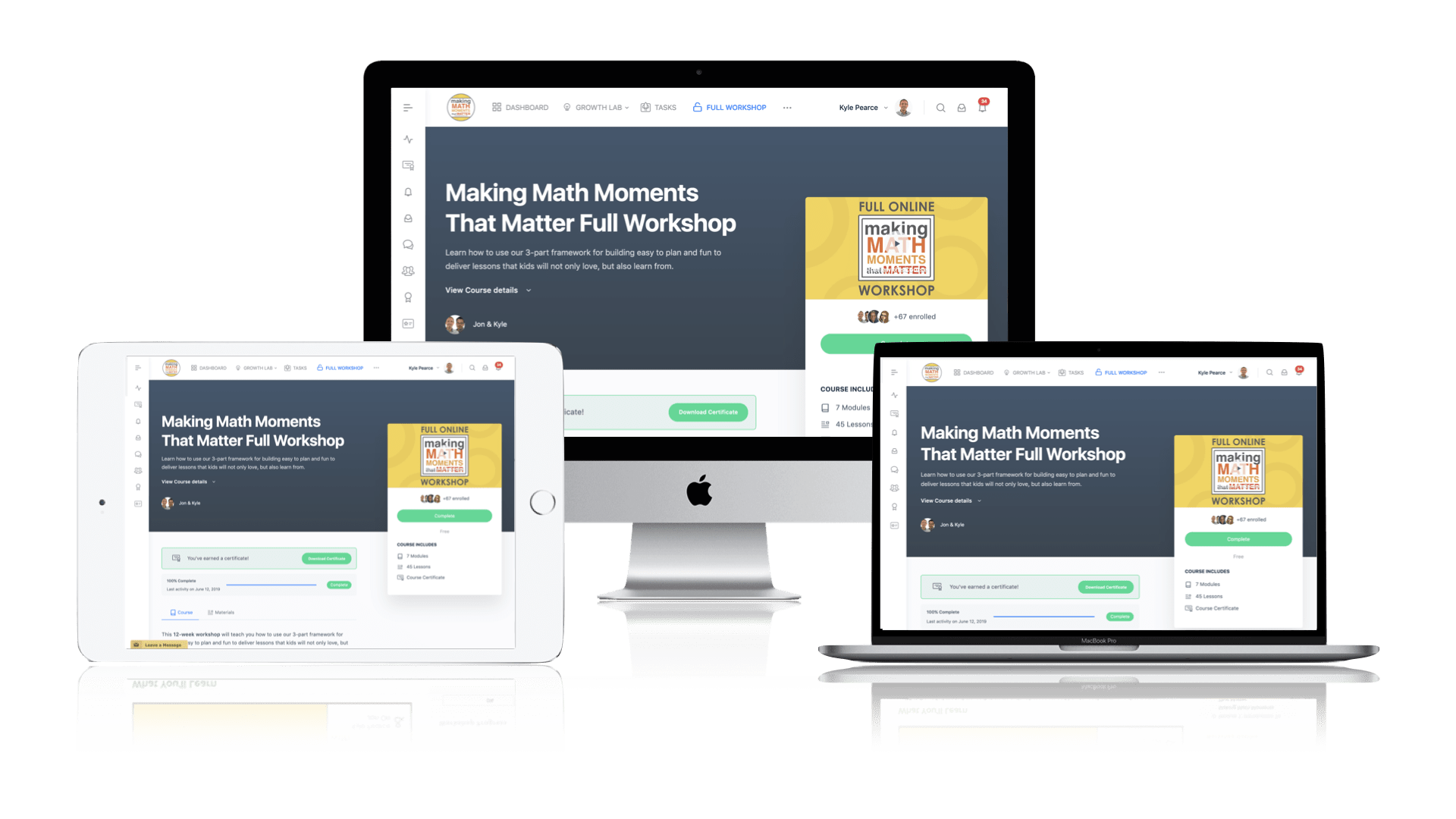
Pedagogically aligned for teachers of K through Grade 12 with content specific examples from Grades 3 through Grade 10.
In our self-paced, 12-week Online Workshop, you'll learn how to craft new and transform your current lessons to Spark Curiosity, Fuel Sense Making, and Ignite Your Teacher Moves to promote resilient problem solvers.
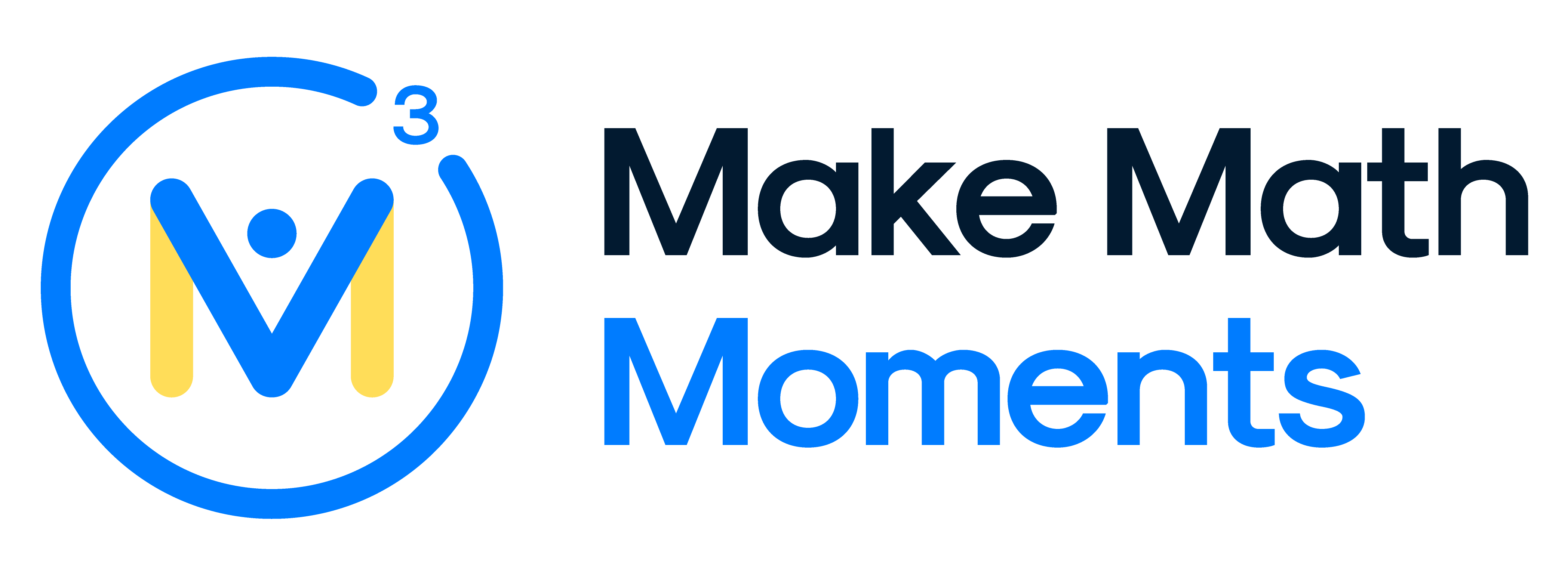



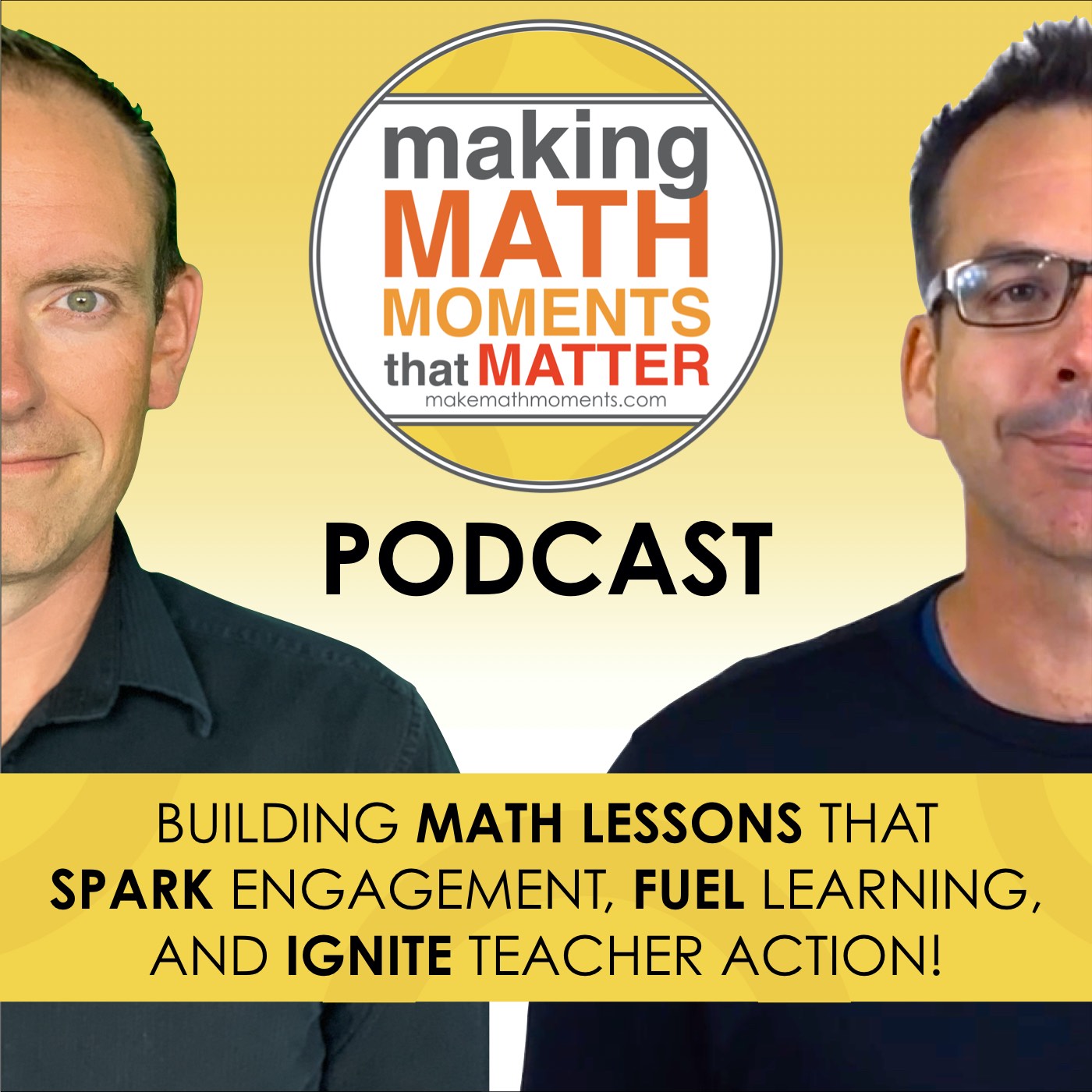
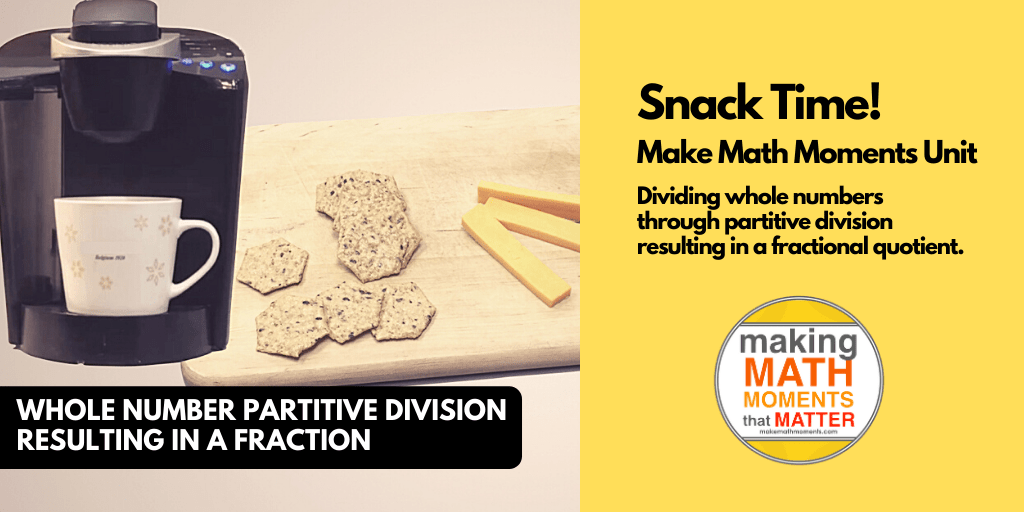
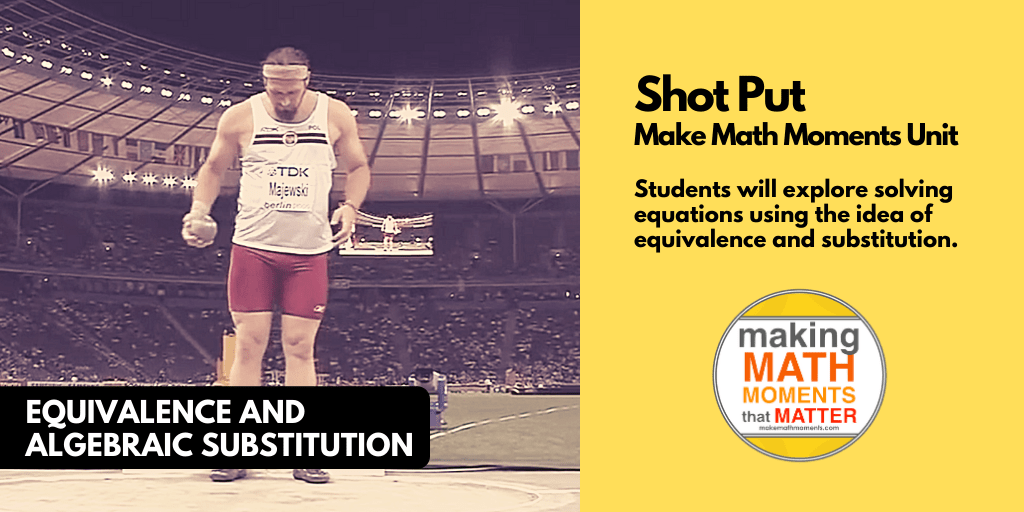
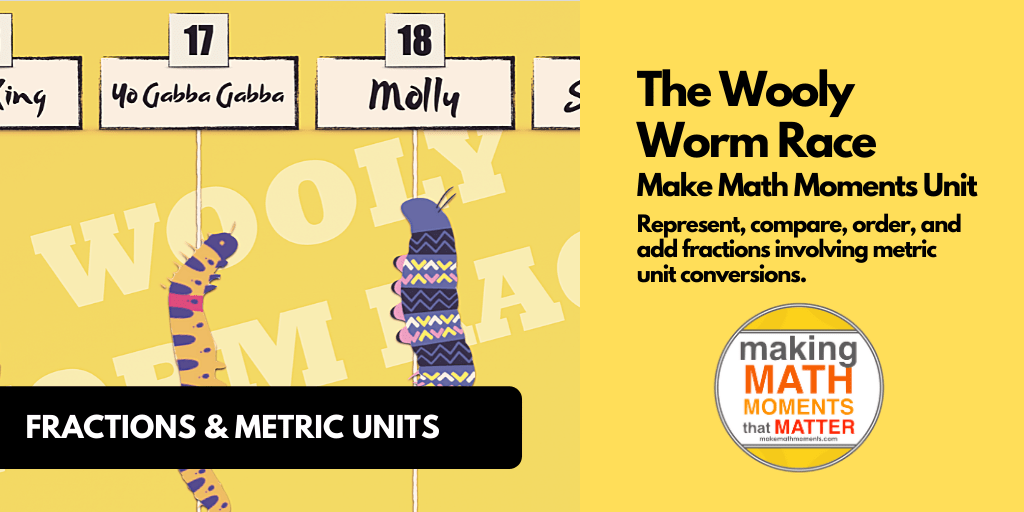
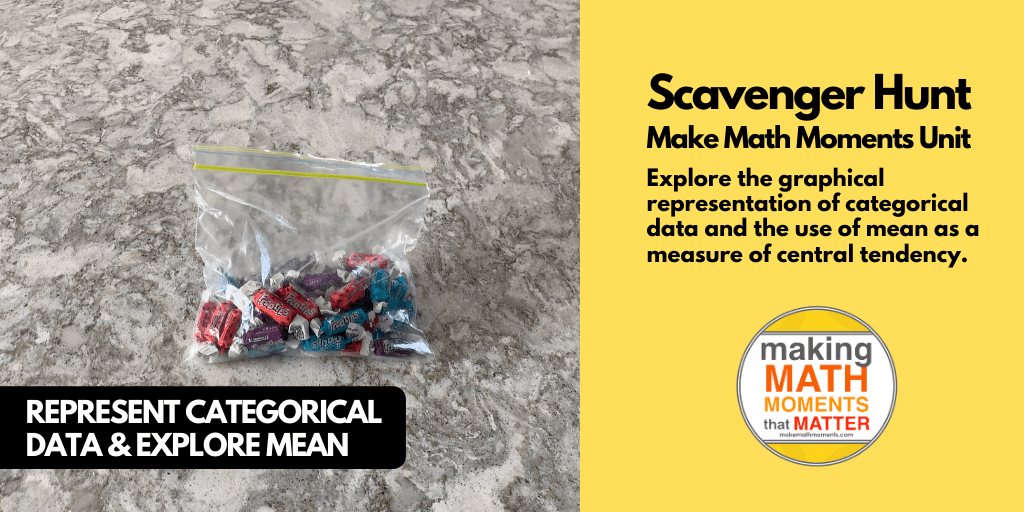
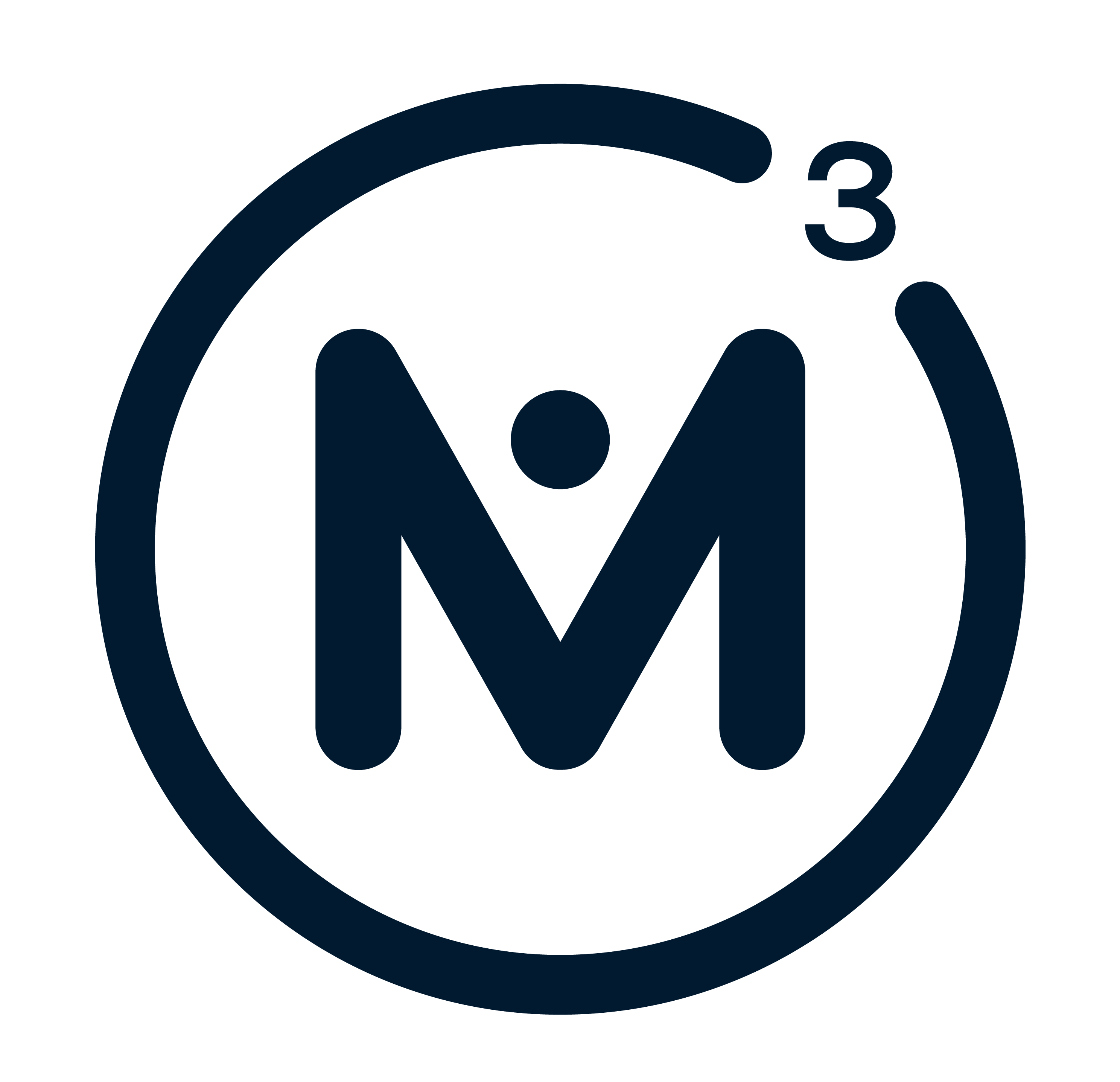
0 Comments